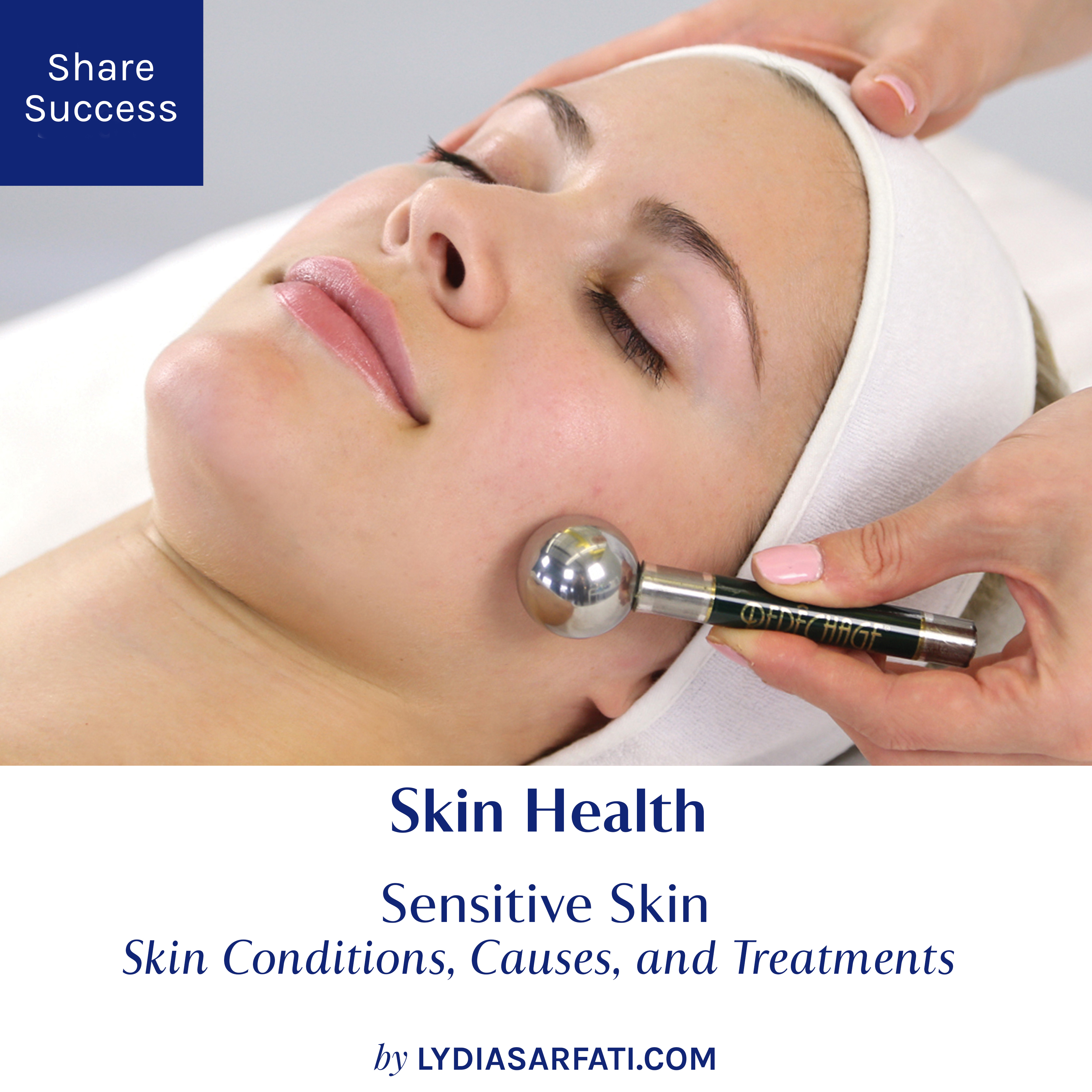
As an esthetician with over 40 years of experience, I know that one of the most important modalities the esthetician must master is how to properly identify and address sensitive skin concerns.
Estheticians should be able to clearly identify sensitive skin types and create a plan of action to provide clients with the best possible skin care results.
Read below to learn about how to identify sensitive skin, sensitive skin conditions, what causes sensitive skin, and the best treatments for sensitive skin.
What is sensitive skin?
Sensitive skin is a broad term ranging from easily irritated skin to conditions such as eczema and skin diseases such as rosacea.
Sensitive skin also experiences a cascade of free radical activity that causes skin-destructive enzymes to form. These enzymes attack the skin’s integrity, leading to premature aging in the form of wrinkles and loss of elasticity.
ECZEMA
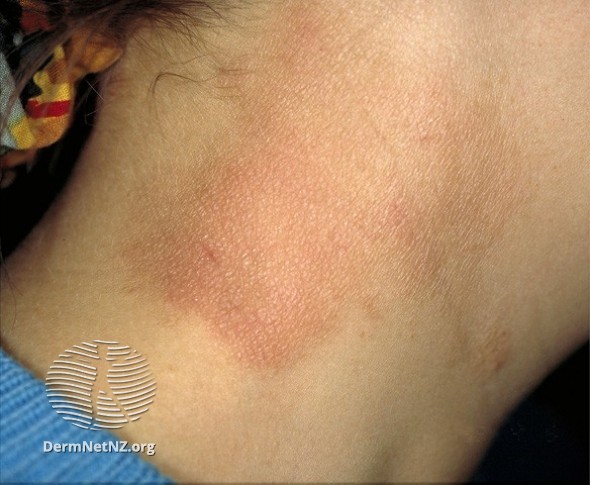
This is a general term for all types of dermatitis and can manifest as erythema (redness), edema or swelling, inflammation and extreme dryness.
Other conditions that can be considered sensitive/sensitized skin include:
ATOPIC DERMATIS
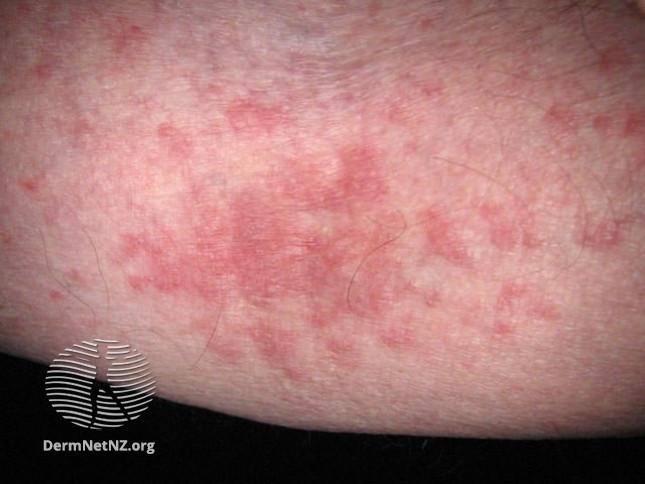
This skin type tends to be the most severe and long lasting form of eczema. It is often accompanied with various other skin conditions such as dry skin, occupational dermatitis, contact dermatitis, and eyelid dermatitis or hand eczema. It is characterized by itchy, inflamed skin that typically affects the inside of elbows, backs of the knees and the face, and it may even cover the entire body.
Atopic dermatitis tends to flare up when the person is exposed to trigger factors. These are agitating substances or conditions to which the client is sensitive including irritants, allergens, low humidity, heat, high humidity, sweating, and emotional stress. Exposure to a trigger factor produces skin inflammation, which in turn can trigger itching and redness.
CONTACT DERMATISIS
Irritant Contact Dermatitis
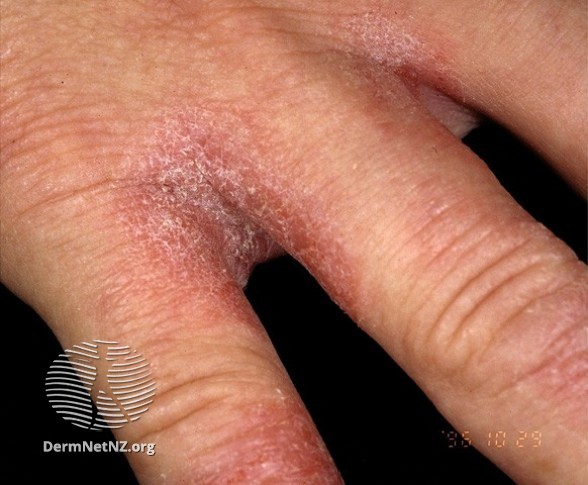
This is an inflammation of the skin that occurs when the skin is exposed to an irritating or sensitizing substance. Common irritants include solvents, industrial chemicals, detergents, soaps, fragrances, tobacco smoke, paint, wool, acidic foods, and alcohol. This form of contact dermatitis is often associated with burning, stinging, itching and redness. It is often more painful than itchy and is the result of the offending agent damaging the skin with which it comes into contact. Irritation is characterized by various degrees of dermal inflammation. It is caused when a substance reacts with the mast cells of the skin, which then release histamines and other inflammatory substances. The reaction is localized and does not involve the immune system.
Allergic Contact Dermatitis
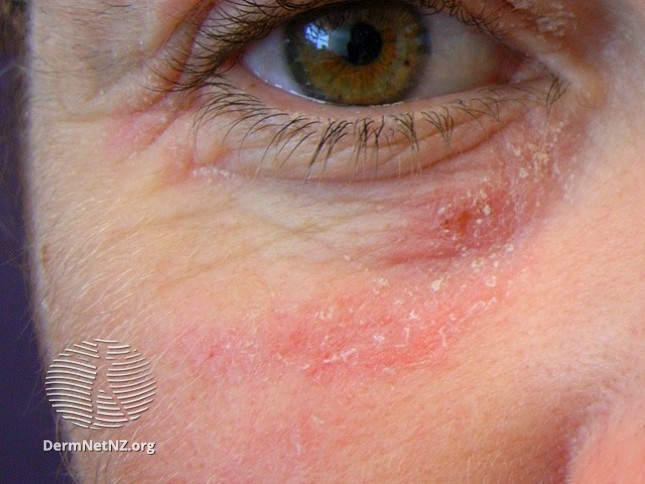
This condition is caused by subtler trigger factors and can occur 24-48 hours after contact with the offending substance. It is the result of prior exposure to a sensitizing agent and is classified as delayed type hypersensitivity. When the individual is first exposed to the ingredient or sensitizing agent, she or he becomes sensitized. Subsequently, exposure to the ingredient will trigger a reaction that may include redness, swelling, itching and fluid-filled blisters.
ICHTHYOSIS
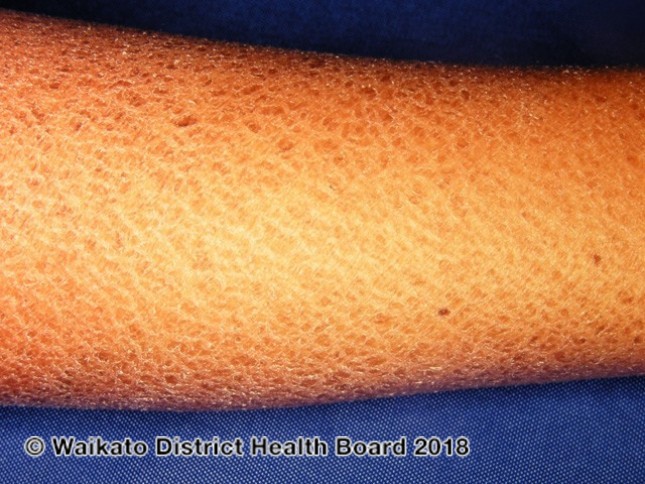
This skin disorder is characterized by dry, rough, scaling, darkened skin that occurs because of an excess amount of keratin. This group of genetic disease ranges from mild generalized dry skin in ichthyosis vulgaris to severe widespread thickened, scaly, dry skin.
PSORIASIS
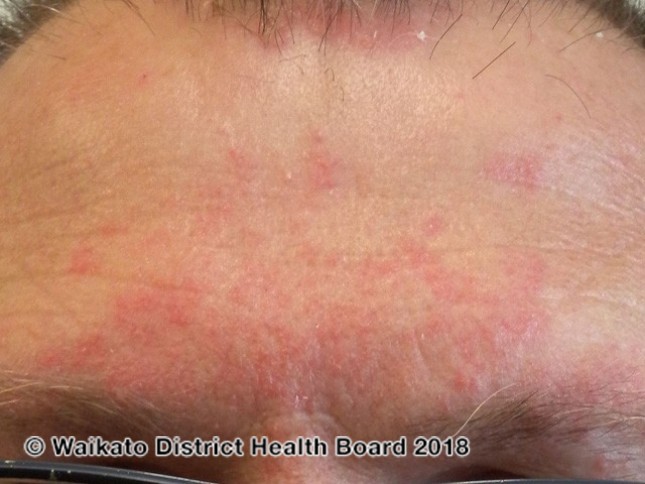
This skin condition is characterized by red patches of skin, small scaling spots, dry/cracked skin that can bleed, itching, burning or soreness, and swollen or stiff joints. 1 This condition causes the body to produce new skin cells fast, which build up on the surface of the skin. The extra skin cells form scales and red patches that are itchy and sometimes painful. 1
Psoriasis patches can range from a few spots of dandruff-like scaling to major eruptions that cover large areas. Most types of psoriasis go through cycles, flaring for a few weeks or months, then subsiding for a time or even going into complete remission. 1 The effects of psoriasis come and go, and most experience flare-ups throughout their life.
ROSACEA

This skin condition is characterized by flushing, persistent redness, swelling, pustules that appear to be acne, and visible blood vessels. As an esthetician, you cannot diagnose or treat rosacea, but many of the same protocols and ingredients that are beneficial to sensitive skin types can also be beneficial to help lessen the appearance of redness and discomfort.
How many people suffer from sensitive skin?
Sensitive skin is becoming more and more prevalent. In fact, a recent study found that over 44% of nearly 1000 participants identified themselves as having sensitive-to-hypersensitive skin 2.
What causes sensitive skin?
Our skin is the largest organ in the human body and has a remarkable capacity to act as a barrier to the environment.
With sensitive skin, genetics can be to blame while external factors can also cause skin to be sensitive and trigger sensitive skin. External factors include:
- Skin treatments: Over-aggressive chemical peels, Microdermabrasion, Micro-needling, Granular scrubs, Vacuum suctions, Mechanical brushing
- Extreme temperatures
- Microbes
- Alcohol
- Dairy
- Chemicals
- Soaps
- Allergens
- Dyes
- Perfumes
- Sunscreens
- UV Light/Sunlight
- Smoking
- Airborne debris
- Pollution
What are the best skin care ingredients for sensitive skin?
Seaweed
Seaweed is a beneficial ingredient for sensitive and sensitized skin. Seaweed extract is chemically similar to seawater, which is biologically similar in chemical composition to our intercellular fluid. Laminaria Digitata Seaweed extract, for example, contains 12 vitamins, 42 minerals and trace elements, and 18 amino acids to help skin look hydrated, restored, renewed and radiant. It is one of the richest sources of natural antioxidants such as phlorotannins, sulfated polysaccharides, fucosterol and fucoxanthins3. Seaweed also contains essential fatty acids that help maintain our skin’s barrier, and polysaccharides such as Alginic Acid, which help to lock moisture into our skin.
Hyaluronic Acid
This polysaccharide ingredient is prevalently found in the skin. For skin care, it can be derived from wheat and corn seed, yeast or sugar beets. Hyaluronic Acid is the key component of the extracellular matrix, which is the “space filler” or supporting scaffold of cells. It allows the skin cells to retain moisture and provides volume. One gram of Hyaluronic Acid is able to retain 1000 gram of water, so it is one of the most hydrophilic molecules found in the natural world.
Micro Silver
Micro Silver is a revolutionary new ingredient made from pure, micronized silver. This releases pure, soluble silver ions at the surface, forming an invisible layer on the skin.
Quercetin
A bioflavonoid found in apples, berries, parsley, onions, grapefruit, wine an Camellia Japonica.
Rutin
A bioflavonoid found in high concentrations in citrus fruit, buckwheat, asparagus, and rhubarb.
Mirabilis Jalapa
Also known as the “Marvel of Peru,” this extract is useful to help lessen the appearance of dry skin.
Camellia Japonica
Camellia Japonica, also known as Rose of Winter, is a flowering tree or shrub naturally occurring in China, Japan and Korea. Extract of Camellia Japonica flowers contains antioxidant phenolic compounds such as Quercetin.
Aloe Barbadensis (Aloe Vera) Leaf Juice
This extract contains over numerous substances, including minerals, amino acids, vitamins, and enzymes.
Chamomilla Recutita (Matricaria) Flower Extract
This extract, made from the daisy-like white and yellow heads of the Chamomile flowers, is known to be soothing and calming.
Treatments for Sensitive Skin
Repêchage® Hydra 4® Red-Out® Facial
This professional in-salon treatment utilizes the latest research designed and formulated to help calm the appearance of sensitive skin. Combined with the blend of vitamins, minerals, trace elements, amino acids and antioxidants in Seaweed and Micro Silver, this treatment creates the ideal environment for sensitive skin.
Repêchage® Red-Out® Express Soothing Facial
This professional treatment can be performed by clients themselves at home or by a licensed professional.
This express treatment for sensitive skin features a a pre-moistened sheet mask to help to reduce the appearance of redness caused by the environment and stress fast, utilizing Seaweed extracts combined with skin hydrating Hyaluronic Acid, Allantoin, Aloe, and Mirabilis Jalapa extracts, as well as Quercetin, Rutin, and Silver to help soothe the appearance of the skin.
Both treatments are both designed to address the needs of sensitive skin, using ingredients like Seaweed, Micro Silver, and other natural botanicals to help reduce the appearance of redness, calm the appearance of the skin and reduce the appearance of skin dryness.
At-Home Care
For at-home care, you should always recommend the following to maintain sensitive skin until the next professional facial treatment:
- Repêchage® Red-Out® Cleanser
- Repêchage® Hydra 4® Tonic
- Repêchage® Red-Out® Serum
- Repêchage® Red-Out® Soothing Sheet Mask
- Repêchage® Hydra 4® Moisturizing Day Cream
*Photos property of Sarkli-Repêchage, Ltd. ©2019 Sarkli-Repêchage, Ltd. All rights reserved.
*This blog is for informational purposes only and is not intended as medical advice, treatment or diagnosis. Always seek the advice of your doctor or health provider with any questions or concerns you may have about a medical condition.
1. https://www.mayoclinic.org/diseases-conditions/psoriasis/symptoms-causes/syc-20355840
2. Misery L, Sibaud V, Merial-Kieny C, Taieb C., “Sensitive skin in the American population: prevalence, clinical data, and role of the dermatologist.” International Journal of Dermatology. 2011 Aug; https://www.ncbi.nlm.nih.gov/pubmed/21781068
3. Se-Kwan Kim, Ph.D., Marine Cosmeceuticals, Journal of Cosmetic Dermatology, April 2013.
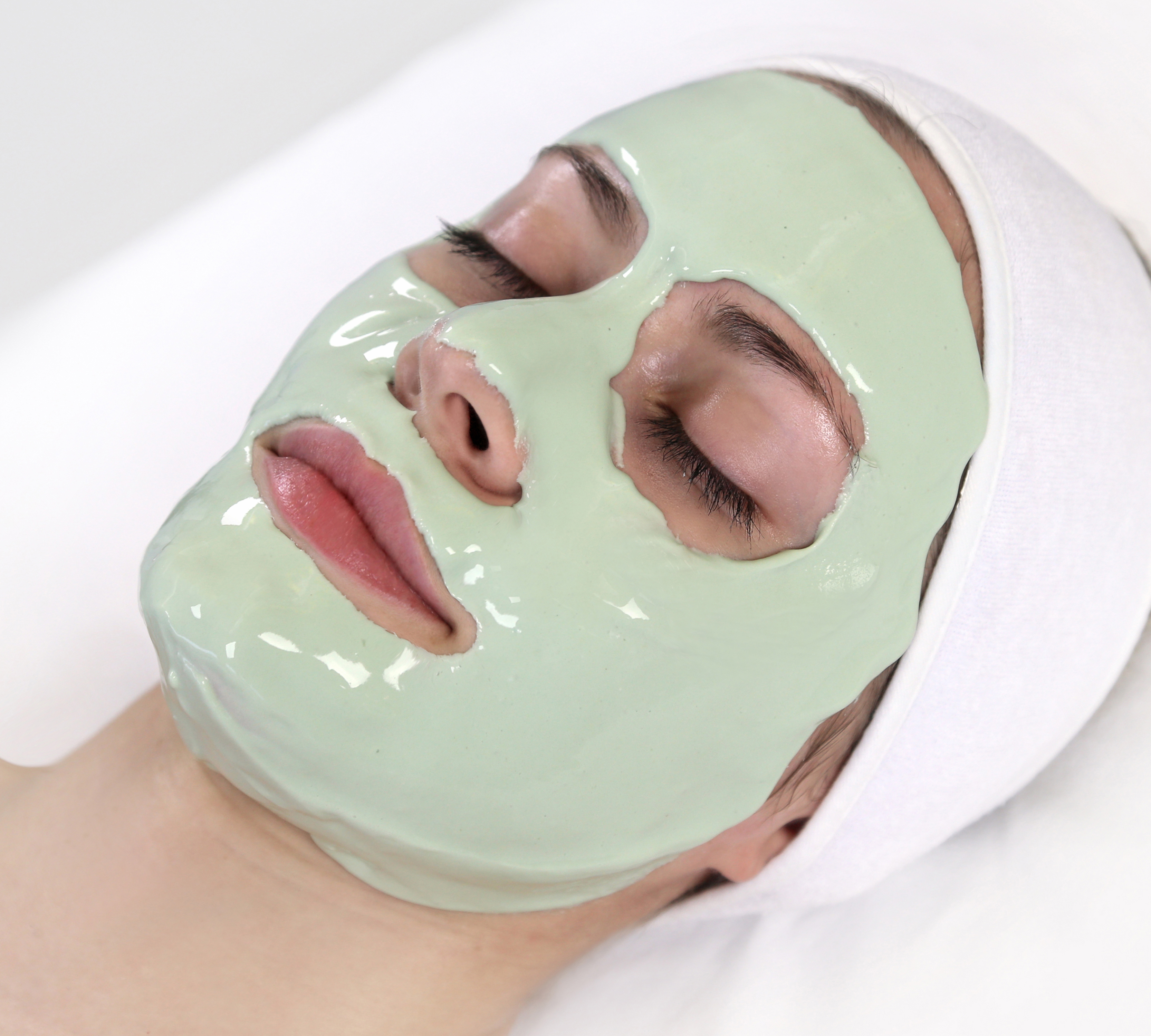
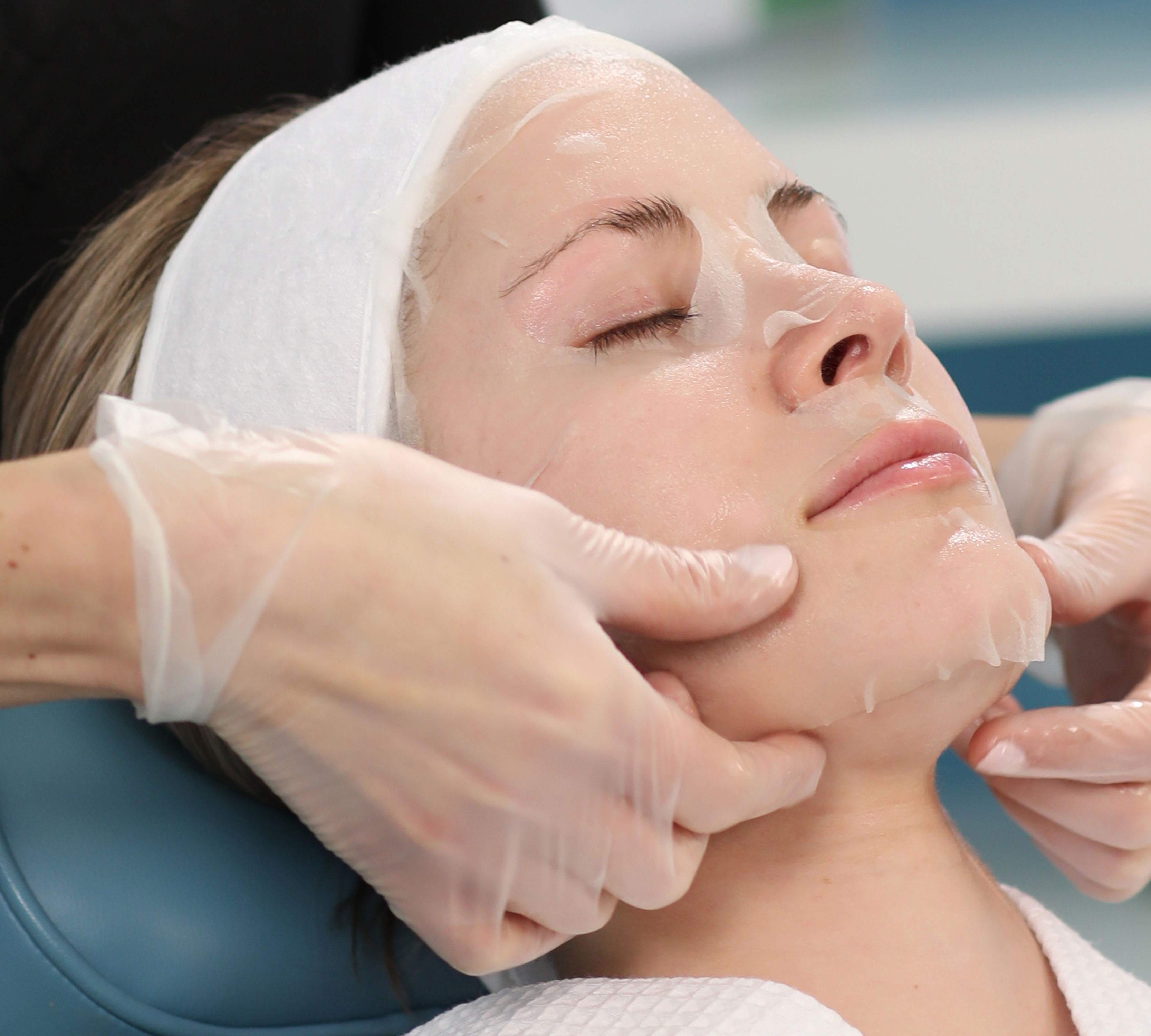
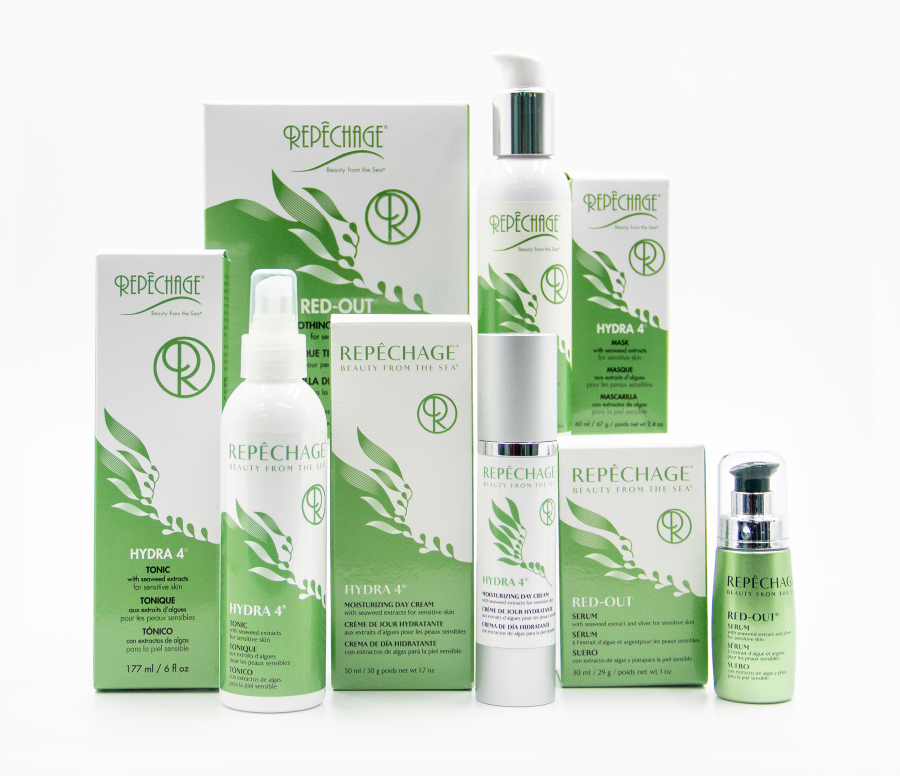
Really helpful tips! I find that the majority of my clients have sensitive skin. Product and ingredient education is so important. Thanks for this post.
Great information thanks again Lydia.
So happy to hear that you enjoyed it!
Great article
Thanks the author